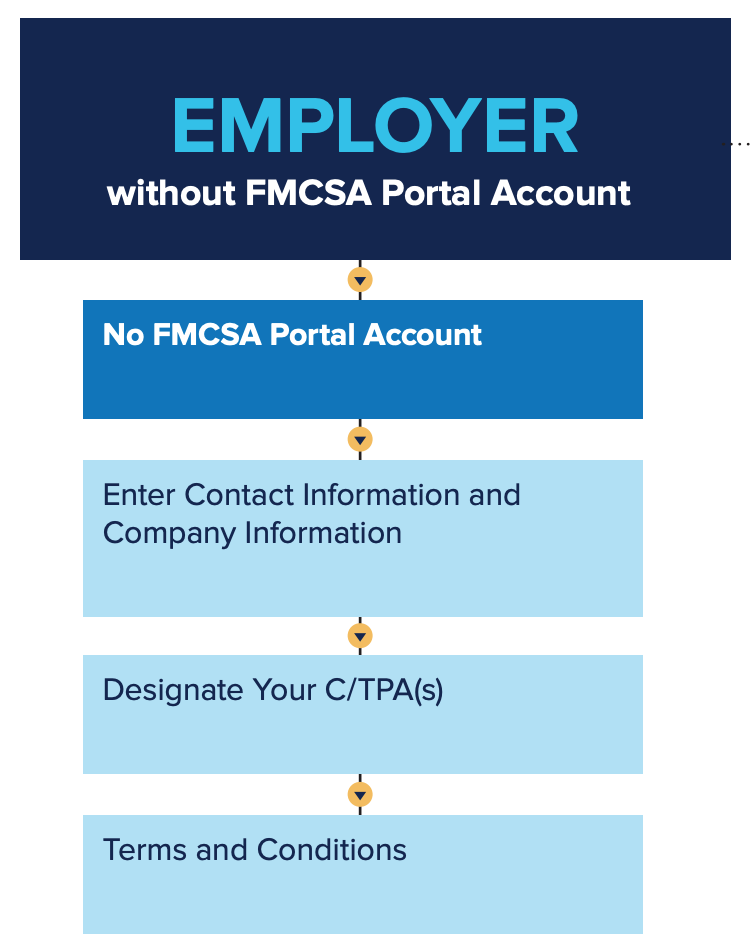

Note: These lists are not intended to be all-inclusive.
#Fmcsa personal conveyance faq drivers
If a personal conveyance policy is developed, train all drivers and operations staff on the policy, and audit driver compliance. If personal conveyance is authorized, develop a policy outlining appropriate use. Call to ActionĬonduct a risk assessment to determine if the use of company vehicles for personal conveyance fits into the company’s loss prevention strategy. If you have questions about the personal conveyance rule, please reach out to your area safety representative. The motor carrier should then audit this section to ensure usage is in accordance with company policy and FMCSA guidelines.

It is recommended for any driver using personal conveyance to annotate in the remarks section of the electronic logging device (ELD) the specific reason he or she is selecting this off-duty status. Moving a vehicle after being placed out of service due to an hours-of-service violation.

Moving a vehicle to a facility to have maintenance performed.Moving a vehicle to enhance the operational readiness of a motor carrier.Inappropriate use of personal conveyance: Authorized use of the vehicle to travel home after working at an offsite location.Moving the vehicle at the request of a safety official.Traveling to a safe location nearby for required rest after loading or unloading.Commuting between the driver’s terminal and his or her residence.Traveling from a driver’s en-route lodging (truck stop).Once implemented, drivers and operations staff should be trained on the policy’s application and acknowledge in writing their understanding and willingness to comply.īelow is a brief list of appropriate and inappropriate uses of personal conveyance to consider when drafting your company policy. This policy can include setting mileage limitations and articulating what to do in case of emergency (per §392.3). If allowed, motor carriers should have a clear and transparent written personal conveyance policy for driver use. The driver and motor carrier are still responsible for operating the vehicle safely, and while a mileage and/or time limitation for personal conveyance was not established, motor carriers are encouraged to implement their own company personal conveyance policy that is stricter than the FMCSA’s rule.Ĭonsequently, each motor carrier should evaluate its fleet’s personal conveyance practices and determine the level of risk it is willing to tolerate. Past guidance did not allow the use of laden CMV’s for personal conveyance. According to 49 CFR 395.8, Question 26, “The CMV may be used for personal conveyance even if it is laden, since the load is not being transported for the commercial benefit of the carrier at that time.” This clarification is the primary change. Great question! On May 31, 2018, the Federal Motor Carrier Safety Administration (FMCSA) changed the personal conveyance guidance.


 0 kommentar(er)
0 kommentar(er)
